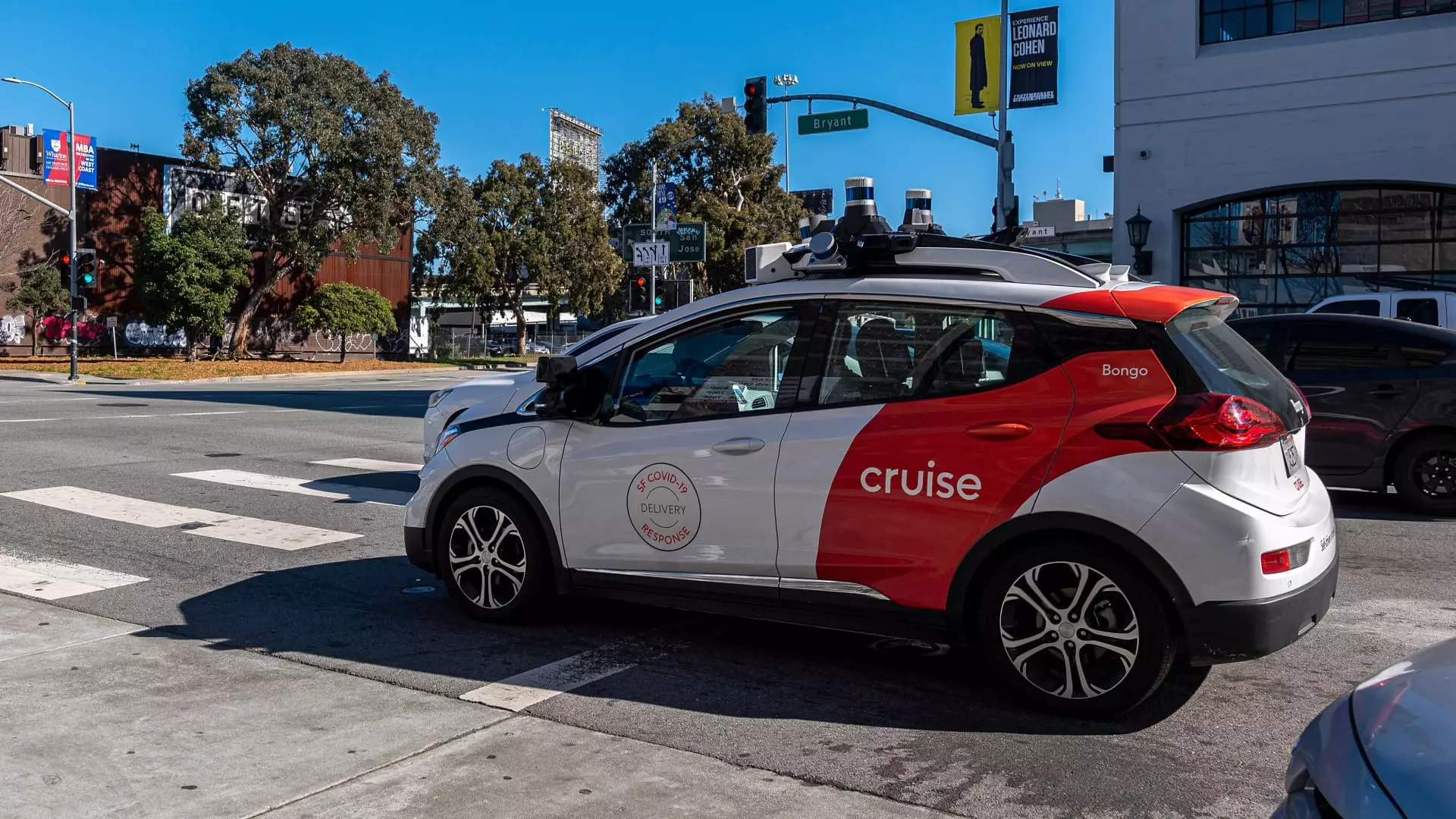General Motors’ Cruise self-driving vehicle unit has announced the redeployment of cars on U.S. roadways, starting with a small fleet of human-driven vehicles in Phoenix. This comes after a hiatus following an accident involving a pedestrian in San Francisco, leading to a temporary halt in operations since October. Instead of functioning as robotaxis, the redeployed vehicles will be used to create maps and gather road information in select cities, beginning with Phoenix. The company has expressed a desire to eventually resume driverless operations but has not provided a specific timeline for doing so. Similarly, there is no announcement regarding when human-driven vehicles will be expanded to other cities.
After the October incident, Cruise made the decision to pause the operations of its fleet to focus on rebuilding trust with regulators and the communities it serves, as well as to revamp its safety protocols. With the guidance of new leadership, recommendations from third-party experts, and a closer partnership with local communities, Cruise has made significant progress. The company has emphasized its commitment to continuous improvement, acknowledging that the accident exposed underlying culture issues, incompetence, and leadership deficiencies that contributed to regulatory oversights.
In response to the accident, GM and Cruise commissioned a third-party investigation and audit, which identified various issues within the company. The probe revealed concerns about a lack of transparency, supervision, and effective communication, indicating systemic problems that needed to be addressed. While there were allegations of a cover-up by Cruise leadership, the investigation did not find any substantial evidence to support those claims. Cruise has accepted the recommendations outlined in the report and is working closely with regulatory authorities to ensure compliance and transparency.
Following the accident, Cruise has been actively engaging with regulatory agencies, including the California DMV, the California Public Utilities Commission, the National Highway Traffic Safety Administration, the U.S. Department of Justice, and the Securities and Exchange Commission. The company has committed to acting on all recommendations from the investigations and is fully cooperating with authorities to address any concerns. Cruise’s parent company, General Motors, which holds an 80% stake in the autonomous driving unit, has also been supportive of the remedial actions being taken to improve safety standards and operational transparency.
In addition to the operational changes, Cruise has undergone significant leadership restructuring, with key executives, including CEO Kyle Vogt, stepping down. Several other leaders within the company have also been removed from their positions, signaling a shift in management and decision-making processes. Furthermore, Cruise has had to downsize its workforce by laying off 24% of employees and terminating a group of contractors, as part of its efforts to streamline operations and refocus on safety and compliance.
The relaunch of GM’s Cruise self-driving vehicles represents a pivotal moment for the company as it seeks to redeem itself and regain the trust of regulators, stakeholders, and the public. By prioritizing safety, transparency, and accountability, Cruise is taking proactive steps to address the shortcomings that led to the October incident and improve its autonomous driving technology. As the company moves forward with its plans to resume driverless operations and expand its fleet, it remains committed to upholding the highest standards of safety and regulatory compliance in the development of self-driving vehicles.


Leave a Reply